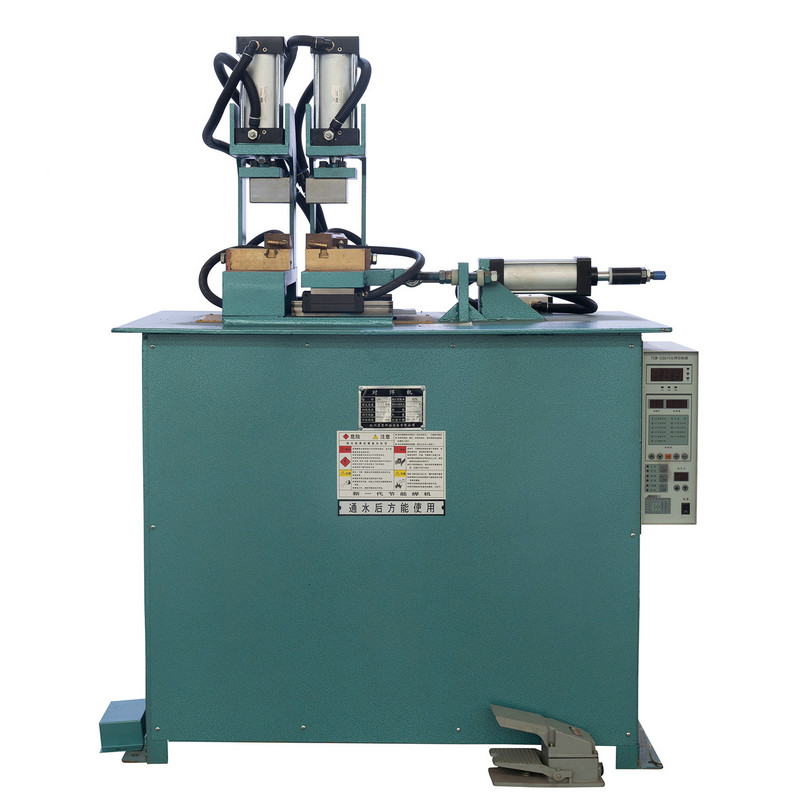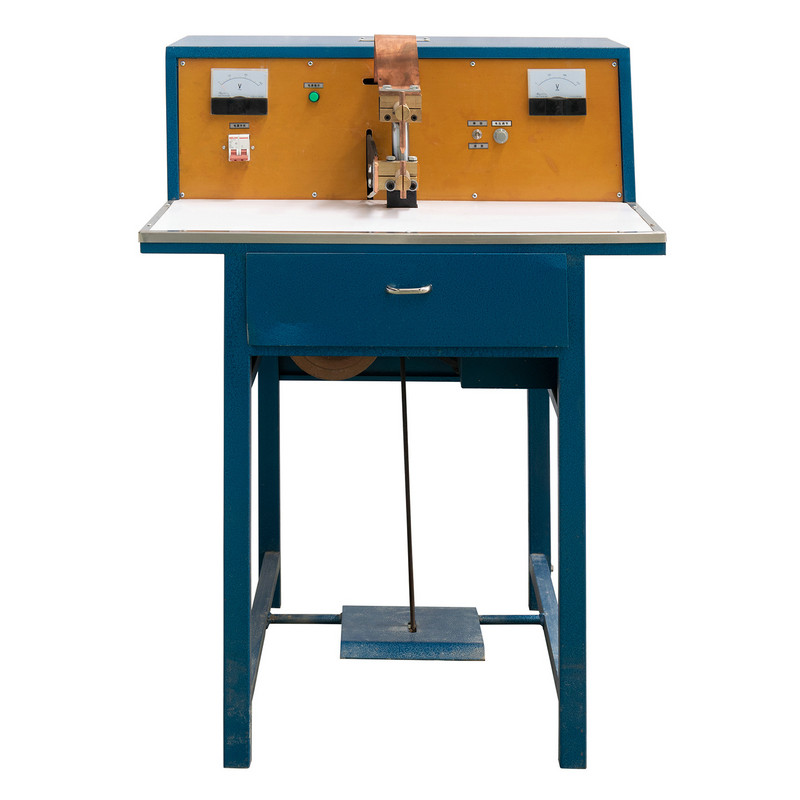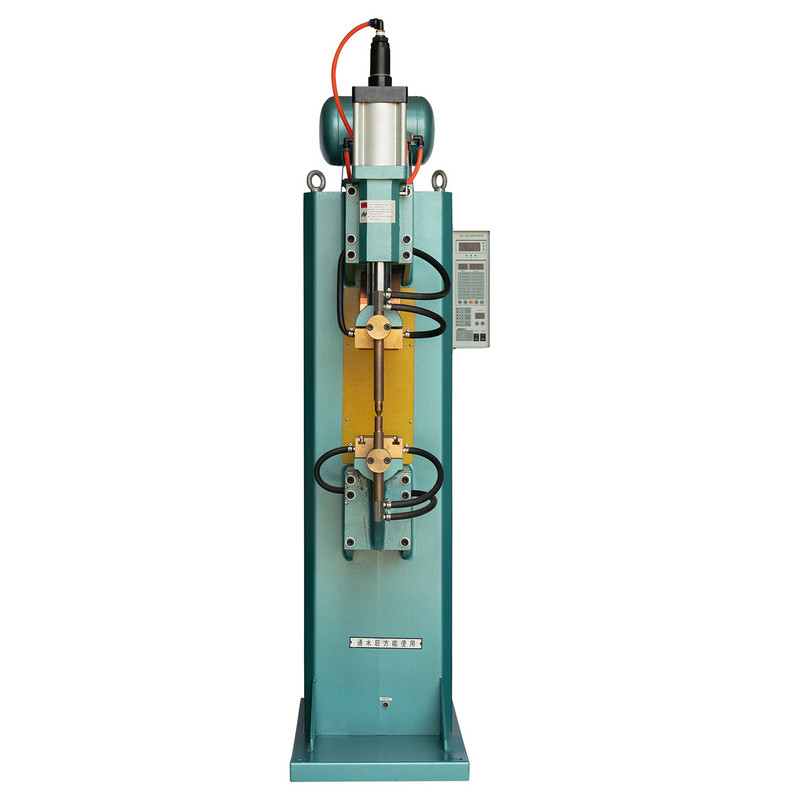1. Introduction
With the continuous advancement of industrial automation technology, the welding industry has also undergone profound changes. As one of the key processes in modern manufacturing, the quality and efficiency of precision welding directly affect the overall performance and production cycle of the product. In this process, the emergence of Fully Automatic Six-Axis Welding Robot Arm has undoubtedly injected new vitality into the welding industry.
2. Industry trends of automated welding
2.1 Pain points of traditional models in the welding industry
Although the traditional welding process has undergone years of development, there are still some problems that cannot be ignored. First, the accuracy of manual welding is often limited by the operator's technical level, and as the working hours increase, the worker's fatigue will affect the welding quality. Secondly, manual operation also increases the safety risks of workers, especially in high temperature and toxic gas environments. In addition, due to the high mobility of workers, companies are also facing certain pressure in recruiting and training welding workers.
2.2 How does automated welding solve these problems
With the introduction of fully automatic welding robots, many problems in traditional welding have been effectively solved. The automated welding system can not only provide high-precision and high-consistency welding quality, but also work 24 hours a day, greatly improving production efficiency. The robot arm can accurately control the welding path and welding angle, thus eliminating the common error problems in manual welding. At the same time, the robot system can also monitor the welding process in real time through intelligent sensors to ensure that each welding point reaches the ideal standard.
2.3 Popularization of automated welding technology
With the continuous advancement of technology and the reduction of costs, more and more companies are beginning to realize the huge advantages of automated welding. The Fully Automatic Six-Axis Welding Robot Arm has gradually replaced traditional manual welding and become an indispensable part of the welding production line. The global welding industry is undergoing a transformation from manual to automated, and more and more companies are choosing to introduce automated welding equipment to improve production efficiency and product quality.
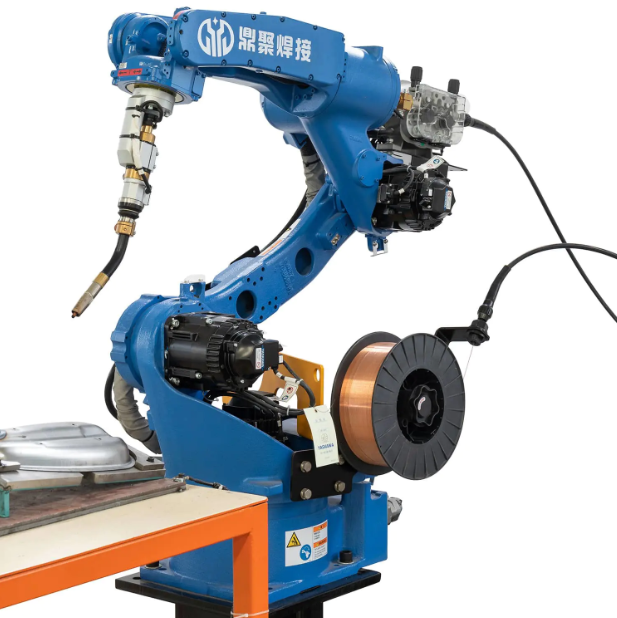
3. Technical advantages of the Fully Automatic Six-Axis Welding Robot Arm
3.1 High-precision positioning and control
One of the biggest advantages of the Fully Automatic Six-Axis Welding Robot Arm is its precise control system. The six-axis robot arm can provide multi-degree-of-freedom movement to ensure that every angle and position of the welding workpiece in space can be accurately in place. This high-precision motion capability enables the robot to maintain extremely high consistency when handling complex welding tasks. For example, when welding thin-walled materials or high-precision components, the six-axis robot arm can accurately control the welding heat input to avoid overheating or uneven welded joints.
3.2 Flexible operating range
Traditional welding equipment can usually only complete some relatively simple welding tasks, while the Fully Automatic Six-Axis Welding Robot Arm has more flexible operating capabilities. The six degrees of freedom of the robot arm enable it to rotate and move freely in three-dimensional space to adapt to the welding needs of various complex shapes and angles. This enables the six-axis welding robot to perform welding operations in small or difficult-to-reach areas, such as inside and outside welding of pipes, or welding of some special-shaped parts.
3.3 Continuous working ability
Automated welding robots are not affected by factors such as fatigue and emotions, and can work continuously around the clock. This means that in the uninterrupted production process, the robot can maintain stable welding quality and greatly improve production efficiency. Compared with manual welding, the robot's work efficiency not only improves the welding speed, but also reduces rework caused by human errors, thereby further improving the production capacity of the production line.
3.4 Highly integrated system design
The control system of the Fully Automatic Six-Axis Welding Robot Arm is usually tightly integrated with the welding equipment to form a highly optimized automation system. Modern robotic welding systems can not only achieve precise welding path control, but also monitor key parameters such as temperature and speed during the welding process in real time to ensure the stability of welding quality. By cooperating with PLC (Programmable Logic Controller) and advanced sensors, the robotic system can automatically adjust welding parameters according to real-time data to cope with different welding tasks.
4. How to meet the requirements of precision welding
4.1 Key requirements for precision welding
Precision welding is not only about the firmness of the welding connection, but also about the stability of the welding quality. For precision welding, the following factors are particularly important:
Weld consistency: The welding depth, width and uniformity of metal fusion need to achieve extremely high precision.
High temperature management: The heat distribution during welding must be strictly controlled to avoid overheating or deformation of the material.
Welding process control and monitoring: Every link in the welding process needs to be monitored in real time to ensure that the welding quality always meets the standard.
4.2 How the Fully Automatic Six-Axis Welding Robot Arm meets these requirements
The Fully Automatic Six-Axis Welding Robot Arm can accurately locate welding points in multiple dimensions through its high-precision motion control system, thereby ensuring the consistency of the weld. At the same time, the robot system is equipped with advanced sensors and real-time monitoring systems, which can detect key parameters such as temperature and speed during the welding process in real time and make dynamic adjustments. By controlling the size of the heat input during the welding process, the robot can effectively avoid overheating or uneven welding during the welding process and ensure the quality of each welded joint.
4.3 Accuracy and reliability of the automated control system
The Fully Automatic Six-Axis Welding Robot Arm adopts an intelligent control system, which ensures that every detail of the welding process can be accurately monitored through high-precision sensors and feedback mechanisms. The reliability and stability of the system ensure the consistency of welding quality and avoid the quality fluctuations common in manual welding. By integrating advanced thermal imaging and visual systems, the robot can sense the temperature changes in the welding area in real time and automatically adjust the welding parameters to ensure the precision of the welded joint.
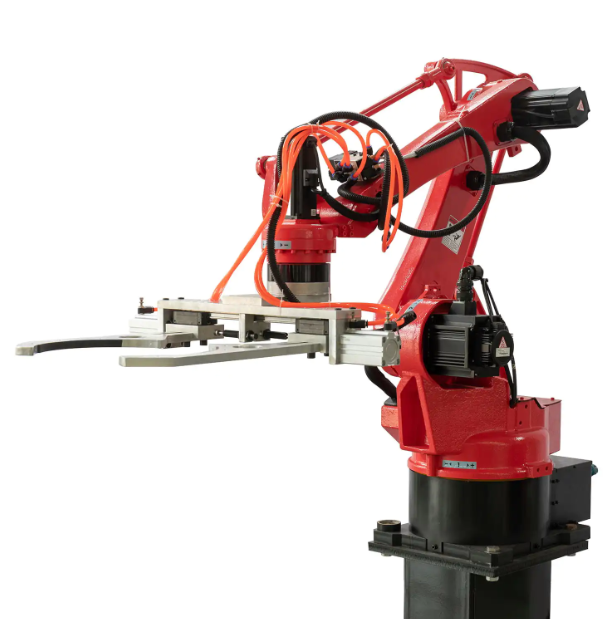
5. Save costs and improve production efficiency
5.1 Reduce labor costs
The introduction of automated welding robot arms has greatly reduced labor costs in the production process. Welding robots can work 24 hours a day, replacing traditional manual operations, thereby reducing labor employment, training and welfare costs. In addition, the robot system can also reduce the dependence on highly skilled welders by completing complex welding tasks autonomously.
5.2 Save material costs
The precise control ability of the welding robot arm can significantly reduce the waste of materials during the welding process. In traditional welding, due to differences in the technical level of operators, it often leads to material waste or uneven welding, which requires rework. The automated system can accurately control the welding process, avoid excessive consumption of materials, improve the efficiency of material use, and thus reduce production costs.
5.3 Improve production efficiency
The work efficiency of the production line has been greatly improved through the automated welding robot arm. The robot can complete welding tasks at high speed and stability without being affected by the speed and fatigue of manual operation. In addition, automated welding can also reduce product defect rates and rework rates, further improving production efficiency. By optimizing the welding path and process, the robot can also shorten the production cycle, thereby speeding up the production progress of the product.
6. Application scenarios of Fully Automatic Six-Axis Welding Robot Arm
6.1 Fields requiring high-precision welding
Fully Automatic Six-Axis Welding Robot Arm has been widely used in many industries requiring high-precision welding. For example, in the precision manufacturing industry, robots can handle the welding of tiny parts to ensure the high strength and consistency of welded joints. In addition, the requirements for welding accuracy in the fields of automobile manufacturing, aerospace, etc. are extremely strict, and six-axis robots can provide highly reliable welding solutions in these fields.
6.2 Complex welding tasks
The six-axis welding robot arm shows great advantages in handling complex welding tasks. For example, when it is necessary to weld pipes, special-shaped parts or structures with multi-dimensional angles, the robot can easily cope with it. Traditional welding equipment is often limited by the operating space, while the robot arm can move and operate freely in a complex space to complete some tasks that are difficult to achieve manually.
6.3 Mass production and personalized customization
Fully Automatic Six-Axis Welding Robot Arm is not only suitable for large-scale mass production, but also plays an important role in personalized customization production. For some small batches of customized products, the robot can flexibly adjust the welding process to meet the needs of different customers. This makes the robot welding system provide enterprises with greater flexibility and competitive advantages in the fierce market competition environment.
7. The long-term impact of automated welding robots on the development of the industry
7.1 Improving the overall technical level of the industry
The Fully Automatic Six-Axis Welding Robot Arm not only promotes the advancement of welding technology, but also promotes the improvement of the technical level of the entire industry. Through the application of automated equipment, welding technology has changed from simple manual operation to a high-precision and high-efficiency industrialized production mode, which has greatly improved the overall competitiveness of the welding industry.
7.2 Promote industrial upgrading
The popularization of automated welding systems has promoted the overall industrial upgrading of the welding industry. With the increasing demand for environmental protection and sustainable development, automated welding technology can help enterprises reduce energy consumption and pollution, and improve resource utilization efficiency in the production process by precisely controlling the welding process.
7.3 Promote global competitiveness
By adopting automated welding technology, enterprises can not only improve production efficiency and reduce costs, but also occupy a more advantageous position in the international market. Especially in today's increasingly fierce global manufacturing competition, automated welding technology has become an important means to improve corporate market share and competitiveness.
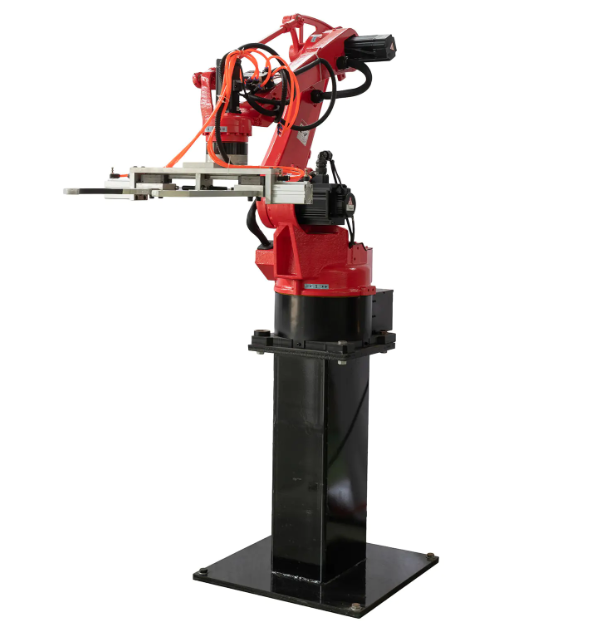
8. Challenges and future development trends
8.1 Challenges
Although the Fully Automatic Six-Axis Welding Robot Arm has many advantages, its initial investment and technical training requirements are high. The high cost of equipment purchase and maintenance may become an obstacle that some companies find difficult to accept. In addition, although the robot system has become more and more intelligent, it still requires professionals to operate and maintain it, which is a challenge for some small and medium-sized enterprises.
8.2 Future trends
In the future, with the development of technologies such as artificial intelligence and big data analysis, automated welding robots will be more intelligent and able to handle more complex welding tasks. At the same time, as robot technology continues to mature, the cost of automated welding systems is expected to be further reduced, allowing more companies to enjoy the benefits of automation.
9. Conclusion
The Fully Automatic Six-Axis Welding Robot Arm has brought revolutionary changes to the welding industry. With its high precision, flexibility, continuous working ability and intelligent characteristics, it has become an ideal choice for precision welding. Through the automated welding system, companies can not only improve welding quality and reduce costs, but also improve production efficiency and enhance market competitiveness. With the continuous development of technology, automated welding will play a more important role in the future manufacturing industry.








